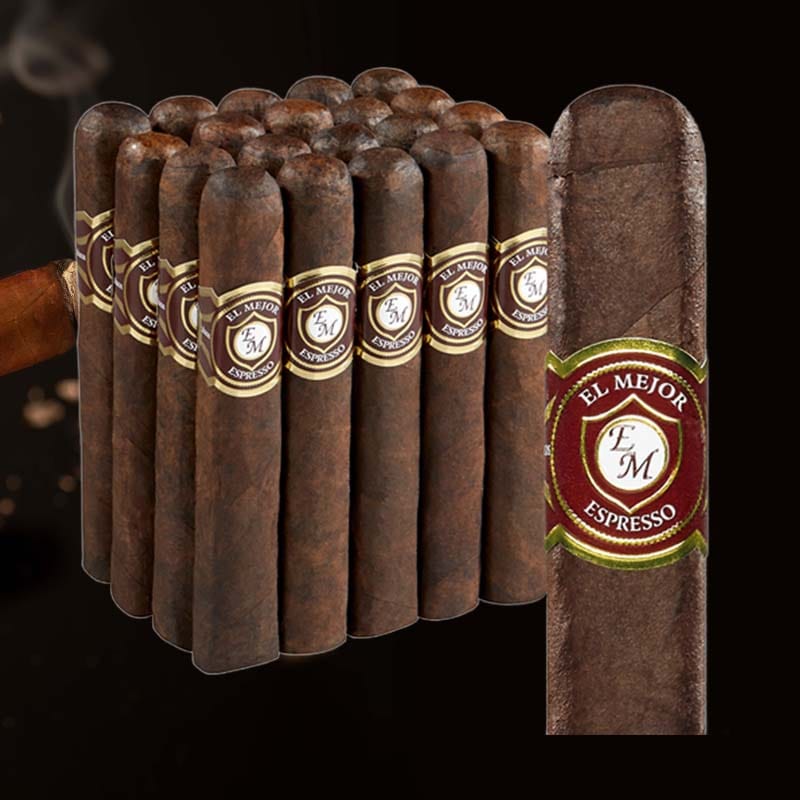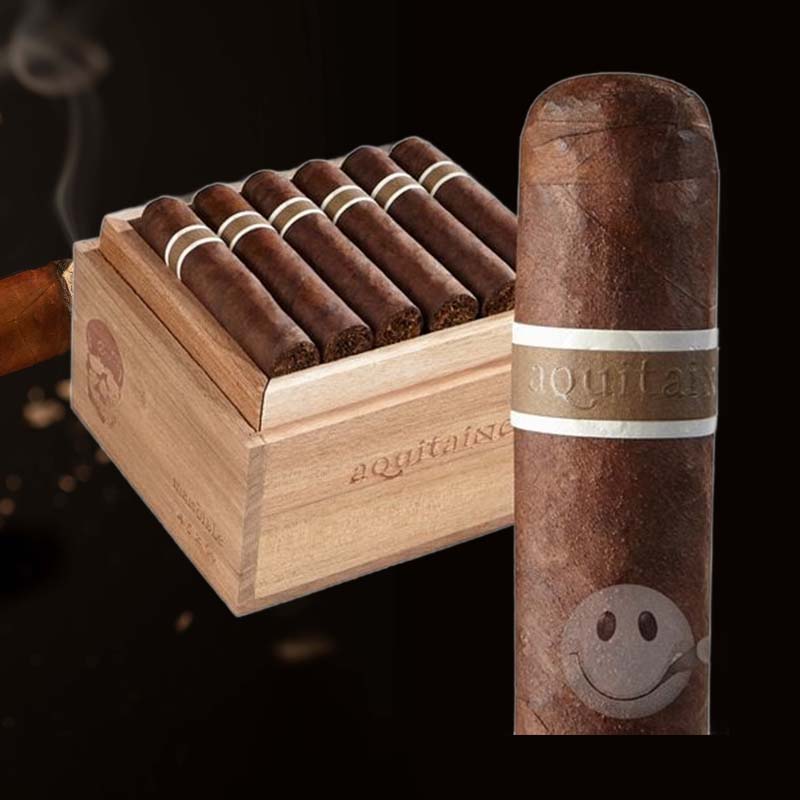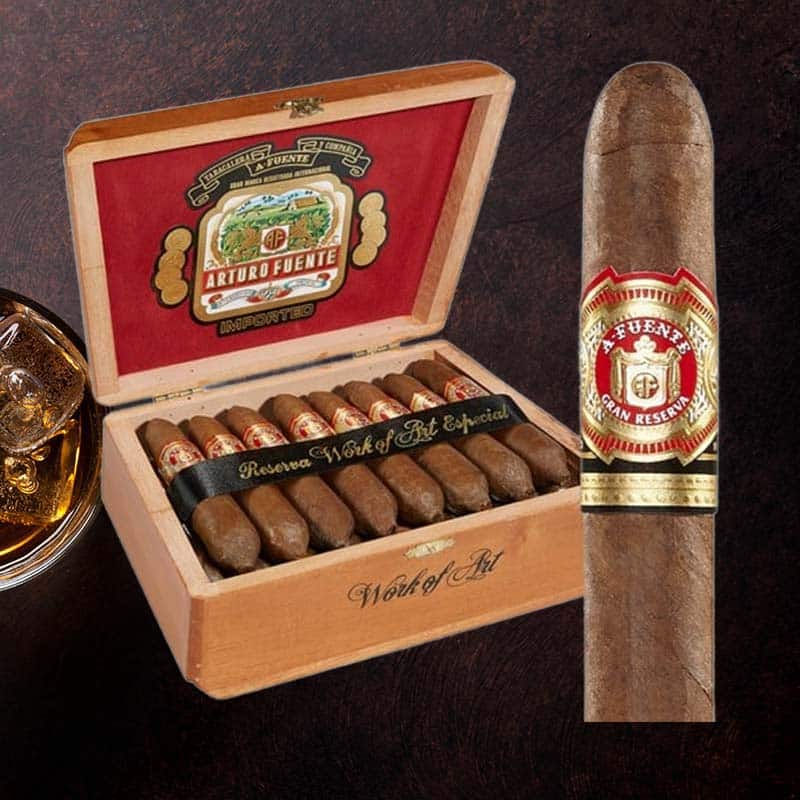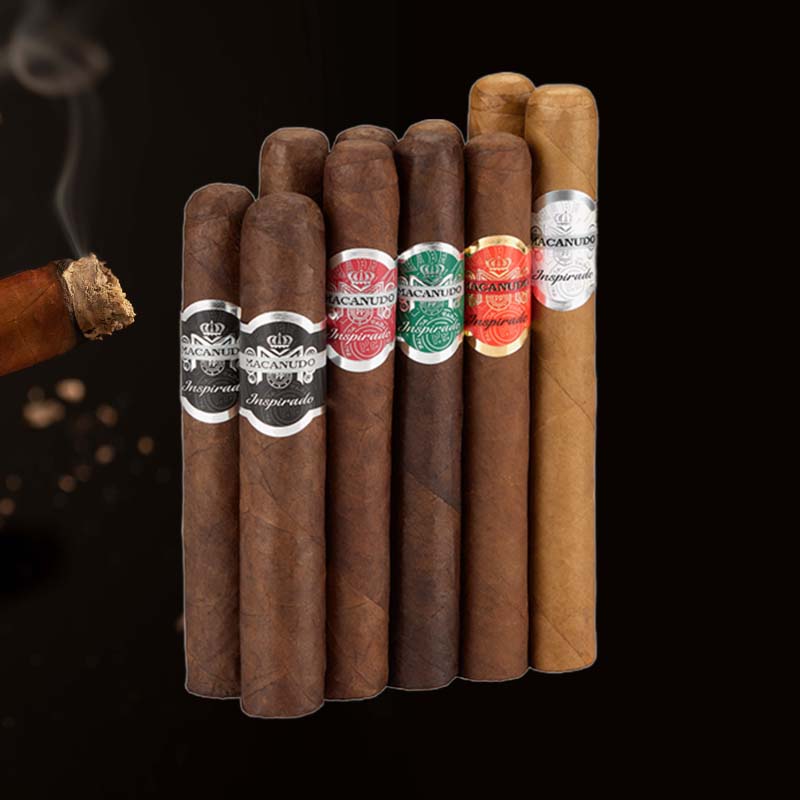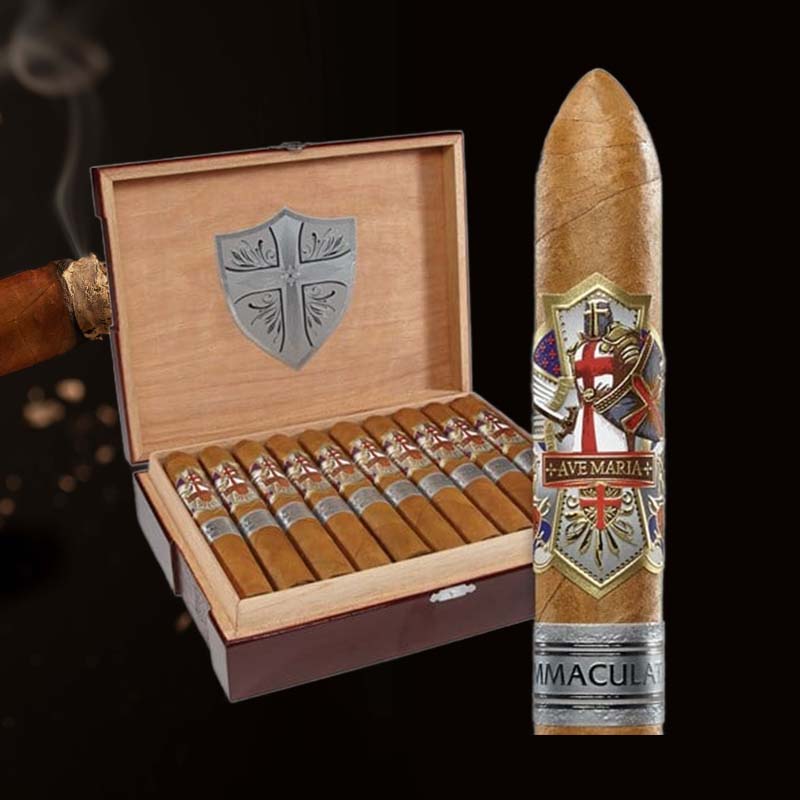How to light blow torch
Lighting a blow torch can be an exhilarating experience—whether you’re working on a culinary masterpiece or crafting metal art. I remember my first time, the anticipation filling the air as I meticulously prepared to unleash the precise flame. The steps may seem intricate at first, but with a bit of guidance, you can command the torch like a pro. In this article, I’ll share my 7-step guide on how to light a blow torch safely and effectively, along with tips and common pitfalls to avoid.
Your 7 Step Guide on How to Light a Blow Torch
Gathering the Necessary Tools
Before diving in, let’s gather the essential tools to ensure everything runs smoothly:
- Blow torch
- Propane tank
- Adjustable wrench
- Safety goggles
- Heat-resistant gloves
- Fire extinguisher
Safety Items List for Lighting a Blow Torch
Essential Safety Gear
Safety is paramount when using a blow torch. It only takes a moment of distraction for things to go wrong. Here’s a checklist of essential safety gear:
- Protective goggles
- Heat-resistant gloves
- Flame-resistant apron
- Fire extinguisher nearby
Steps to Light a Blow Torch
Step 1: Assemble the Torch
Carefully check your blow torch’s assembly. Ensure all parts are securely connected, and consult the manufacturer’s instructions if necessary.
Step 2: Prepare the Propane Tank
Make sure your propane tank is full and positioned upright. A full tank ensures a steady flame.
Step 3: Connecting the Torch to the Propane
Using an adjustable wrench, securely connect the blow torch nozzle to the propane tank. Tighten gently to prevent leaks.
Step 4: Check for Leaks
Before igniting, it’s crucial to check for leaks. I recommend applying a soap solution to the connection—bubbles indicate escaping gas.
Step 5: Activating the Flame
With everything in place, slowly open the propane valve. Then, using a lighter or striker, ignite the gas at the nozzle. Stand back as you do this!
Step 6: Adjusting the Flame
Once lit, adjust the flame size using the dial on the torch. I prefer a blue flame for precision tasks like soldering.
Step 7: Properly Extinguishing the Flame
To extinguish, simply close the propane valve and let the flame die out. Always confirm it’s completely out before storing the torch away.
Troubleshooting Your Blow Torch
Common Issues and Solutions
Sometimes, things don’t go as planned. Here’s a quick resolution guide:
- If the torch won’t ignite, check for gas leaks or insufficient propane.
- Flame too weak? Increase the propane flow slightly.
- If the flame is yellow and flickering, it might be due to insufficient oxygen.
Expert Tips for Optimal Use of a Blow Torch
Best Practices for Efficiency
To get the most out of your blow torch, consider these practices:
- Always use in well-ventilated spaces.
- Keep flammable materials away from your workspace.
- Regularly maintain your torch for consistent performance.
Warnings When Using a Blow Torch
Pitfalls to Avoid
A few warning signs can help keep you safe. Never leave a lit torch unattended, avoid wearing loose clothing, and always double-check your safety gear before starting.
Things You’ll Need to Light a Blow Torch
Essential Materials and Equipment
Here’s a concise list of what you need:
- Blow torch kit
- Propane gas
- Matches or lighter
- Safety gear
FAQs About Lighting a Blow Torch
Expert Q&A on Blow Torch Usage
What is the proper way to light a propane torch?
The proper way to light a propane torch involves connecting it to the tank, checking for leaks, opening the propane valve, and igniting it with a lighter at the nozzle, ensuring safety first.
How to start a torch lighter?
To start a torch lighter, simply ignite it with a striker while holding it away from your face, and gradually increase the gas for a steady flame.
How to light a fire torch?
Lighting a fire torch involves igniting the wick with a lighter or match, ensuring that the fuel is adequately absorbed for a consistent burn.
How to light a propane torch with a striker?
Lighting a propane torch with a striker requires connecting the torch to the propane, opening the valve slightly, and then using the striker to create a spark at the nozzle.
